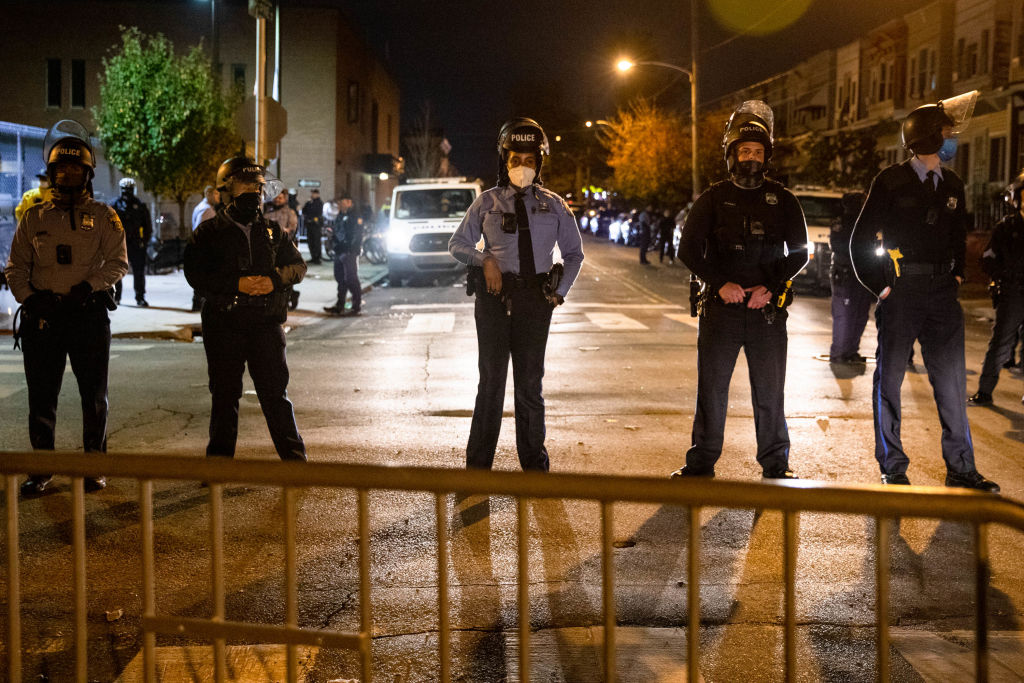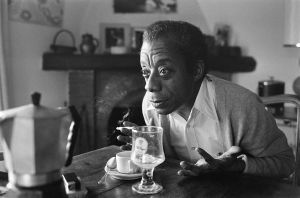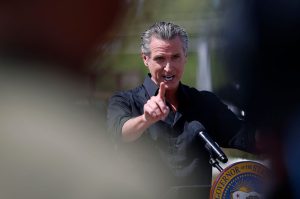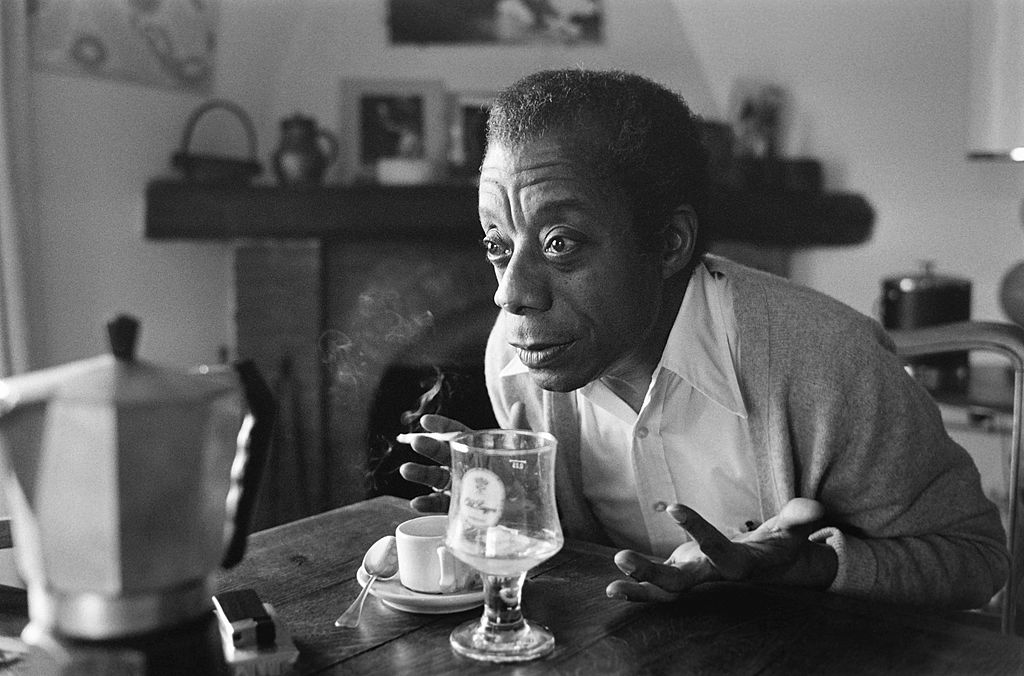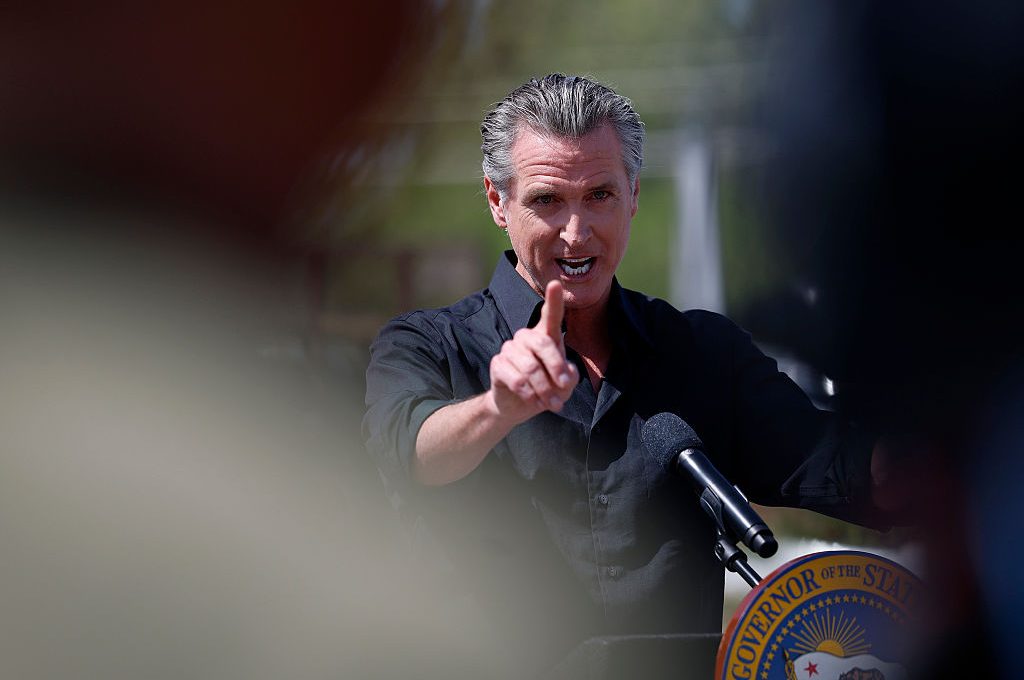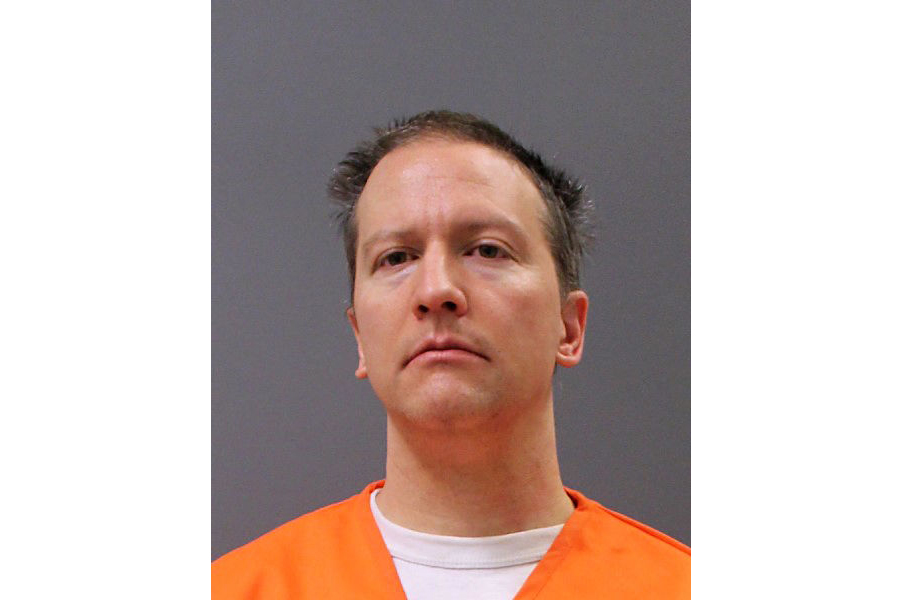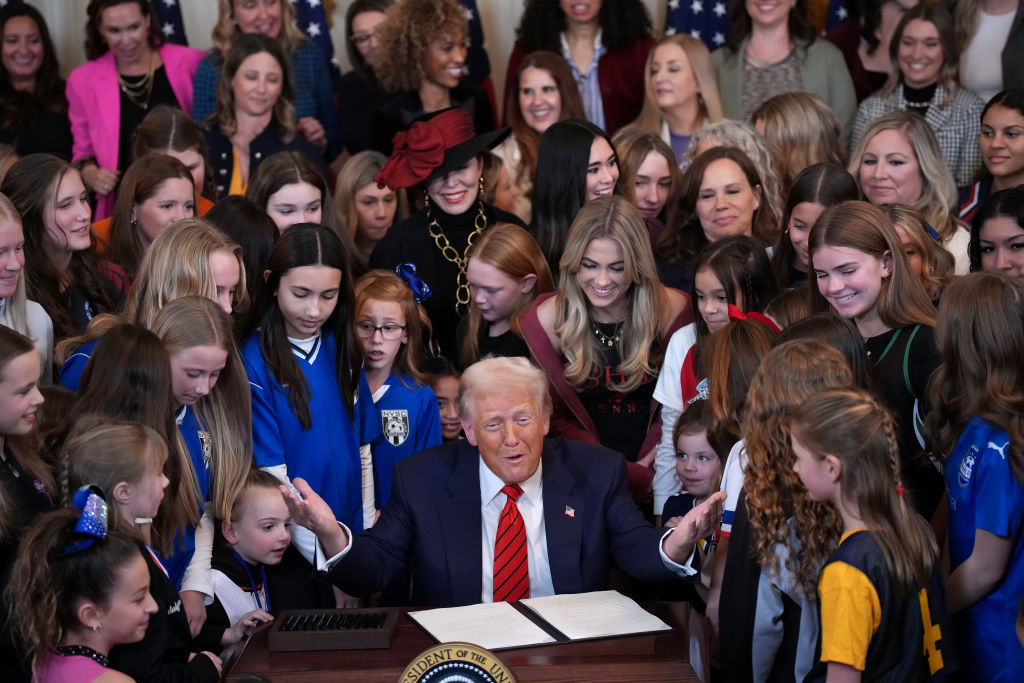Countless emergency 911 calls requesting aid for a mentally ill person behaving inappropriately are made every day. Recently, many cities and states have begun changing their protocols to answer these calls. Unfortunately, the injection of race into the discourse can unnecessarily create tensions and may weaken efforts.The latest inappropriate inclusion of race was an ABC story reporting on New York City’s proposed initiative to better respond to these 911 calls. Its misplaced focus is captured in its headline — ‘How Sending Mental Health Responders instead of Police Could Save Black Lives’. Instead of delving into the program, the author, Dr Divya Chhabra, immediately jumped to the police killing of a knife-holding 27-year-old black Philadelphia man by police officers who were responding to a call from a family member. Then Chhabra gave a misleading summary of police killings: ‘According to a Washington Post analysis, Black people are 2.5 times more likely to be shot and killed by the police than their white counterparts. And according to The Counted Project, in 2016, Black men ages 15 to 34 were nine times more likely than other Americans to be killed by law enforcement officers. For a Black person with a mental health issue, the risk could be even higher.’As she reported, the vast majority of 911 calls are reporting individuals who do not have a lethal weapon. ‘Of the more than 170,000 mental health calls to 911 last year, an estimated one call every three minutes, the majority of concerns were people who just needed help — no indication of violence at all,’ said the proposed program director, Chirlane McCray. Thus, in the vast majority of cases, police would welcome being replaced by healthcare personnel.Instead of making this the focus of the article and comparing the initiative to others elsewhere, Chhabra incorrectly suggests that eliminating police will significantly reduce the number of mentally ill persons being killed by police, especially black Americans. According to the Washington Post database, almost 90 percent of those killed had a gun or other lethal weapon in their possession. These are the situations in which law enforcement would have to be part of any response.The most glaring problem, however, is the distorted presentation of race. While 23.6 percent of the victims of all 2020 police killings have been individuals with mental illness, they have not been evenly distributed across demographic groups. Whereas 34.6 percent of police killings of white Americans have been those with mental illness, among black Americans it is just 14.7 percent. None of the 11 unarmed black Americans killed in 2020 suffered from mental illness, but six of the 14 unarmed white Americans killed did. Thus, it appears that white not black mentally-ill Americans are disproportionately vulnerable to lethal police actions.The claim that disproportionate police killings of black Americans reflect racist actions is also problematic. The situations in which police killings of black and white Americans take place are virtually the same. Among black and white victims, the share that possessed a gun (65 percent) and those that possessed a knife (15 percent) was exactly the same; an outcome inconsistent with claims that police killings reflect black Americans being subject to more unjustifiable police stops than white Americans. Indeed, as others have argued, police interactions that result in racially disparate killings may reflect the disproportionately higher black rate of committing violent crimes. We can measure this disproportionality by comparing white and black criminal arrests to their respective populations, 20- to 54 year-old men. For murders, gun and overall violent crime, black arrest rates per capita are, respectively, 5.54, 3.14, and 2.85 times white rates.
[special_offer]
New York City is part of an evolution of governmental responses to mental illness-related emergency calls. For a few decades, many jurisdictions have used police training through crisis intervention teams that incorporate de-escalation training, police-friendly drop-off centers and linkage to community treatment programs. In the last few years, however, there has been a clear need to go beyond police training and incorporate healthcare personnel. Many localities like New York City have looked to the recent policy changes enacted in Colorado. And recently, the National Alliance on Mental Illness issued a report that focused on improving police responses. Besides recommending more training, it believes that coordinated efforts can be most effective in situations with risks of violence:‘Police departments and mental health providers can partner and collaborate to consider allapproaches to responding to and supporting people with mental illness. Mental health specialists who can provide a continuum of care to people in need (persons in distress, victims and offenders experiencing mental illness) can offer rapid response support to officers who are first responders on the scene. Police and mental health professionals also can point out to one another the biases that may set back progress.’This welcoming approach is necessary if the object is for police to buy into changes that require collaborative efforts. While these efforts may save a few lives, their main value is providing more caring treatment to individuals in crisis. Unnecessarily raising issues of race, particularly in a biased manner, can only impede the important progress that must be made.Robert Cherry is a Brooklyn College professor emeritus and member of 1776Unites.



